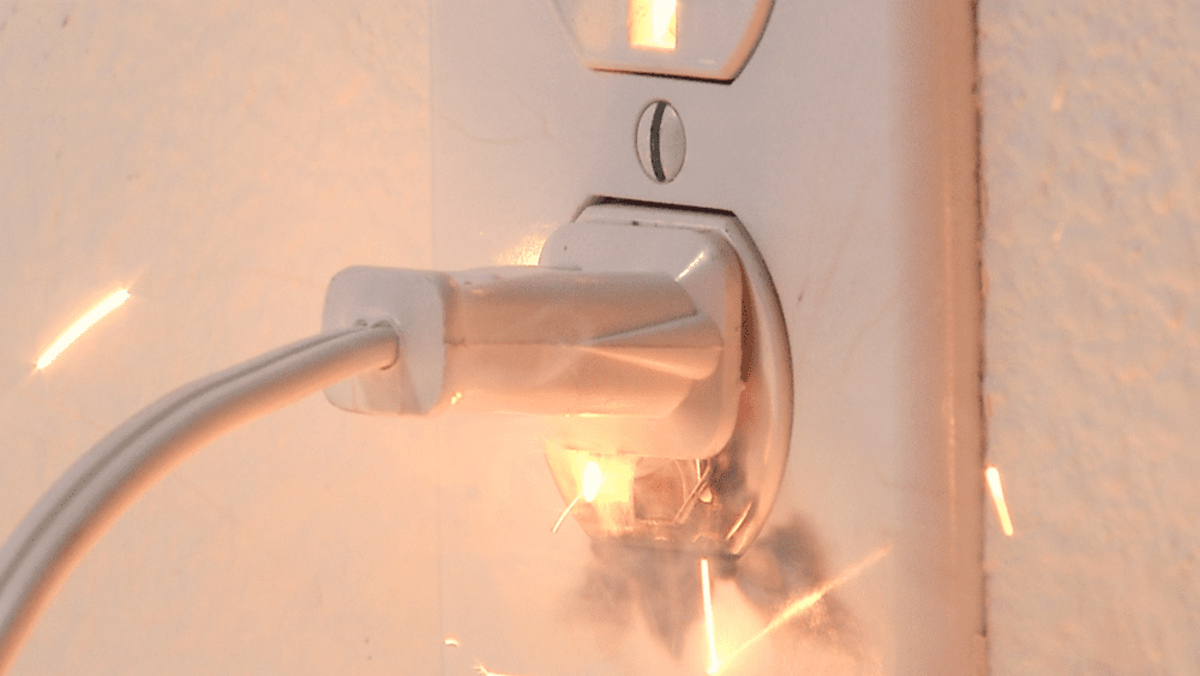

Articles
Surge Protector Sparks When Plugging In
Modified: October 21, 2024
Discover top articles on surge protectors and learn why they might spark when plugging in. Stay informed about electrical safety and prevent potential accidents.
(Many of the links in this article redirect to a specific reviewed product. Your purchase of these products through affiliate links helps to generate commission for Storables.com, at no extra cost. Learn more)
Introduction
Surge protectors are essential devices for safeguarding our electronics and appliances from unwanted voltage spikes and electrical surges. They serve as a line of defense, preventing damage to our valuable equipment and ensuring their longevity. However, there are instances where a surge protector may emit sparks when plugging in, causing concern and raising questions about its safety. In this article, we will explore the reasons behind these sparks and provide insights on how to safely handle surge protectors.
Understanding the inner workings of surge protectors is crucial to comprehend why sparks may occur. A surge protector is designed to divert excess electrical current away from connected devices and redirect it into the earth. It relies on metal oxide varistors (MOVs) or gas discharge tubes (GDTs), which are responsible for absorbing and dissipating the excess voltage. When a power surge occurs, these components activate and divert the energy away from the connected devices.
Despite the efficient functioning of surge protectors, sparks can sometimes be observed when plugging them into a power outlet. This can be disconcerting, especially for those unfamiliar with the devices. There are several factors that contribute to these sparks, and it is important to understand their causes and potential risks.
The primary cause of sparks when plugging in a surge protector is the phenomenon known as arcing. Arcing is the electrical discharge that occurs when there is a gap or breakdown in the normal flow of electricity. When the surge protector’s plug makes contact with the power outlet, it creates a temporary connection where the electrical current jumps across very small gaps, resulting in sparks. This arcing is normal and should not be a cause for significant concern.
However, it is essential to differentiate between normal arcing and problematic arcing. Normal arcing is typically small, brief, and accompanied by a faint popping or crackling sound. On the other hand, problematic arcing is characterized by larger, sustained sparks, accompanied by a loud buzzing or hissing noise. Problematic arcing can signify a wiring issue or a faulty surge protector, which should be addressed immediately to prevent any potential hazards.
It is important to note that while sparks when plugging in a surge protector may be normal, certain precautions and safety measures should be followed to ensure the protection of your devices and personal safety. In the following sections, we will delve deeper into potential dangers, how to safely handle surge protectors, troubleshooting tips, and when to replace them.
Key Takeaways:
- Safely handling surge protectors involves understanding normal arcing, monitoring for abnormal sparks, and following safe plugging-in practices to minimize potential risks and ensure device protection.
- Regularly inspecting surge protectors, recognizing signs for replacement, and following troubleshooting tips can help maintain optimal functionality and provide continued protection against power surges.
Understanding Surge Protectors
Surge protectors, also known as surge suppressors or power strips, are vital devices in today’s technology-driven world. They play a crucial role in safeguarding our electronic devices from sudden spikes in electrical voltage, which can be detrimental to their functionality and lifespan.
The main purpose of a surge protector is to absorb and redirect excess electrical energy away from connected devices, ensuring that they receive only the appropriate voltage required for their operation. This protection is especially crucial in areas where power outages, lightning storms, or unstable electrical systems are common.
Surge protectors are equipped with various components that work together to provide this protection. The most common component is the metal oxide varistor (MOV), a semiconductor device that acts as a voltage-dependent resistor. When a surge occurs, the MOV detects the excess voltage and changes its resistance property, effectively diverting the extra current away from the connected devices.
Another type of surge protector employs gas discharge tubes (GDTs) as protective elements. GDTs are small glass tubes filled with an inert gas. When voltage surges beyond a specific threshold, the gas inside the tube ionizes, creating a low-resistance path for the excess current to flow through. This redirects the surge away from the devices.
In addition to MOVs and GDTs, surge protectors may also include other features such as thermal fuses, resettable circuit breakers, and power conditioning capabilities. These additional features provide further protection and help maintain a stable power supply to connected devices.
It is important to note that surge protectors have a limited lifespan, as they are designed to absorb and redirect a certain amount of electrical energy. Over time, the MOVs or GDTs may wear out due to repeated exposure to power surges, making the surge protector less effective in providing full protection. It is therefore necessary to periodically replace surge protectors to ensure their optimal functionality.
When purchasing a surge protector, it is crucial to consider its joule rating. The joule rating indicates the amount of electrical energy the surge protector can handle before it becomes overwhelmed. A higher joule rating signifies a greater capacity to absorb power surges and provide better protection for your devices.
Surge protectors come in various types and designs, ranging from basic power strips with surge protection to more advanced models with multiple outlets, USB ports, and even coaxial or ethernet protection. Choosing the right surge protector depends on the specific needs and requirements of your electronic devices and the environment they are used in.
Understanding how surge protectors function and the components they contain provides insight into their importance and the role they play in safeguarding our valuable electronics. By investing in high-quality surge protectors and using them correctly, we can protect our devices and extend their lifespan, minimizing the risk of damage caused by power surges and voltage spikes.
Causes of Sparks When Plugging In
Although sparks when plugging in a surge protector may be alarming at first glance, they are not necessarily an indication of a serious issue. In most cases, sparks are a normal occurrence due to the electrical nature of the connection. Understanding the causes behind these sparks can help alleviate concerns and ensure proper handling of surge protectors.
One common cause of sparks is the phenomena known as arcing. When you plug in a surge protector, the metal prongs of the plug come into contact with the metal terminals in the power outlet. This connection creates a momentary electrical path for the current to flow. However, due to the microscopic imperfections and inconsistencies present in these metal surfaces, there can be small gaps or points of contact resistance. When electricity encounters these irregularities, it can manifest as sparks.
The sparks that occur during plugging in are a result of these momentary gaps and contact resistance being overcome by the electrical current. They are usually small in size and appear as brief flashes of light. It is important to note that when an electrical connection is already established, such as when a surge protector is properly plugged in and in use, these sparks should not occur during normal operation.
Metal corrosion or dirt build-up within the power outlet can also contribute to sparks during plugging in. Over time, the contacts inside the outlet may become oxidized or accumulate dirt and debris, leading to a less-than-perfect connection. As the plug enters the outlet and the prongs make contact with the terminals, the accumulated corrosion or debris can cause resistance, resulting in sparks.
Additionally, the design and construction of the surge protector itself can impact the occurrence of sparks. High-quality surge protectors typically have prongs made of thicker and more conductive materials, which provide better contact with the power outlet terminals. This reduces the likelihood of sparks during the plugging-in process. Conversely, lower-quality surge protectors may have thinner prongs or inadequate contact points, increasing the chances of sparks.
While sparks during plugging in are generally harmless, it is crucial to differentiate between normal and problematic arcing. Normal arcing is characterized by small, quick sparks with minimal noise. However, if the sparks are large, sustained, or accompanied by a loud buzzing or hissing sound, it may indicate a further issue with the electrical system or a faulty surge protector. In such cases, it is advisable to consult a qualified electrician and consider replacing the surge protector.
Overall, sparks when plugging in a surge protector are usually a normal occurrence due to imperfect electrical connections or minor factors such as corrosion or debris. Understanding these causes can help alleviate concerns and ensure the safe use of surge protectors. By following best practices and conducting regular maintenance, you can minimize the risk of sparks and ensure the continued protection of your valuable electronic devices.
Potential Dangers and Risks
While sparks when plugging in a surge protector are often harmless, it is crucial to be aware of the potential dangers and risks associated with their use. Understanding these risks can help create a safe environment for both your electronic devices and yourself.
One of the primary risks of using a surge protector is the potential for electrical fires. Sparks can sometimes ignite nearby flammable materials, such as curtains, papers, or furniture, especially if the spark occurs in an area with limited ventilation. It is essential to ensure that your surge protector is placed away from flammable objects and that there is proper airflow around it.
Additionally, using a surge protector with damaged or frayed cables can increase the risk of electrical fires. Over time, the outer casing of the cables can become worn or damaged, exposing the internal wires. If these exposed wires come into contact with each other or with conductive materials, it can lead to short circuits and potential fire hazards. Regularly inspecting the cables and replacing them if any damage is detected can help mitigate this risk.
Another potential danger is the overloading of surge protectors. Each surge protector has a maximum load capacity, which is typically indicated in amps or watts. Exceeding this capacity by connecting too many high-powered devices can cause the surge protector to fail, potentially leading to electrical damage or the tripping of circuit breakers. It is important to be mindful of the total power consumption of the devices connected to the surge protector and distribute the load evenly if multiple outlets are available.
Furthermore, using surge protectors in wet or humid environments can pose serious risks. Moisture can compromise the integrity of the surge protector, leading to electrical shocks or short circuits. It is crucial to keep surge protectors away from water sources such as sinks, bathrooms, or areas prone to moisture. If you need to use a surge protector in a potentially damp environment, opt for a surge protector with a waterproof or moisture-resistant design.
Lastly, using counterfeit or low-quality surge protectors can be extremely hazardous. These inferior products may not have undergone proper testing or certification and are more likely to fail during power surges. They may also lack essential safety features, increasing the risk of electrical fires or damage to connected devices. It is essential to purchase surge protectors from reputable brands or authorized dealers and ensure they meet industry standards.
By being aware of these potential dangers and risks, you can take the necessary precautions to protect both your electronic devices and your home. Always read and follow the manufacturer’s instructions, regularly inspect and maintain your surge protectors, and use them cautiously in appropriate environments. Taking these steps will help minimize the potential risks associated with surge protector usage and provide you with peace of mind.
Make sure the surge protector is turned off before plugging it in. If it still sparks, it may be damaged and should be replaced.
How to Safely Plug In a Surge Protector
While sparks when plugging in a surge protector are generally normal, it is important to follow safe practices to minimize the risks and ensure the protection of your electronic devices. By taking a few simple precautions, you can safely plug in your surge protector and reduce the likelihood of electrical hazards.
1. Inspect the surge protector: Before plugging in a surge protector, examine it for any visible damages, frayed cables, or signs of wear and tear. If you notice any issues, do not use the surge protector and consider replacing it with a new one to maintain optimal safety.
2. Choose an appropriate outlet: Ensure that the power outlet you plan to use is suitable for the surge protector. Make sure it is easily accessible and not obstructed by furniture or other objects. Avoid using extension cords, as they can limit the flow of electricity and increase the risk of overheating.
3. Prepare the area: Clear the surroundings of the power outlet from any flammable materials, such as curtains, papers, or furniture. Providing proper airflow around the surge protector reduces the risk of electrical fires should a spark occur.
4. Insert the plug gently: Approach the power outlet cautiously and insert the surge protector’s plug into the outlet with a steady hand. Avoid applying excessive force or jerky movements, as this can increase the chances of sparks or damage to the surge protector or outlet.
5. Monitor for abnormal sparks or sounds: While a small spark and a faint popping or crackling sound may be normal during the plugging-in process, be vigilant for any signs of larger, sustained sparks or loud buzzing or hissing noises. These could indicate a problem with the surge protector or the electrical system, and further investigation may be necessary.
6. Position the surge protector: Once the surge protector is properly plugged in, position it in a location that ensures proper airflow and minimizes the risk of accidental disconnection or damage to the cables. Avoid placing the surge protector in areas prone to moisture, excessive heat, or physical stress.
7. Do not overload the surge protector: Take into consideration the maximum load capacity of the surge protector. Avoid connecting too many high-powered devices that could exceed its capacity. Distribute the load evenly among available outlets if multiple ones are available.
8. Periodically check the surge protector: Regularly inspect the surge protector for any signs of damage, loose connections, or overheating. If you notice anything unusual, such as a burnt smell or discoloration, immediately unplug the surge protector and replace it to mitigate potential risks.
By following these guidelines, you can safely plug in your surge protector and reduce the risks associated with electrical sparks. Remember to exercise caution, regularly maintain your surge protector, and consult a professional electrician if you have any safety concerns or encounter persistent issues with sparks or abnormal sounds.
Read more: How Much Can You Plug Into A Surge Protector
Troubleshooting and Tips
While sparks when plugging in a surge protector are generally normal, there are instances when troubleshooting may be necessary to ensure its optimal functionality and address any potential issues. Here are some troubleshooting tips to help resolve common problems and maintain the effectiveness of your surge protector:
1. Check the power outlet: If you frequently experience sparks or notice loose connections when plugging in the surge protector, the issue may lie with the power outlet itself. Ensure that the outlet is in good condition, with tight connections and no visible signs of damage. If needed, consult a qualified electrician to inspect and repair the outlet.
2. Replace damaged cables: If the power cord of the surge protector is damaged or shows signs of wear and tear, it is essential to replace it. Damaged cables can pose a safety risk and may impact the effectiveness of the surge protector. Look for replacement cables that match the specifications of your surge protector, and follow the manufacturer’s instructions for proper installation.
3. Clean the contacts: Over time, dust, dirt, and corrosion can accumulate on the metal prongs of the surge protector’s plug. This can result in poor electrical contact and increased resistance, leading to sparks or intermittent connectivity. Use a clean cloth or a cotton swab dipped in rubbing alcohol to gently wipe the prongs and remove any debris or oxidation.
4. Distribute the load: Overloading a surge protector may lead to decreased performance or even cause it to fail. To ensure optimal protection and longevity, distribute the power usage among multiple surge protectors or outlets. Avoid connecting high-powered devices to a single surge protector and consider using separate surge protectors for different types of equipment.
5. Unplug during storms: Thunderstorms with lightning strikes can send powerful electrical surges through power lines, potentially overwhelming surge protectors. To minimize the risk of damage to your devices, unplug the surge protector from the power outlet during severe storms or if you are expecting lightning in your area.
6. Regularly test the surge protector: Many surge protectors come with built-in diagnostic features or indicator lights to show if they are still functioning correctly. Familiarize yourself with these features and periodically test the surge protector to ensure its effectiveness. Refer to the manufacturer’s instructions on how to perform the test and interpret the results.
7. Replace worn-out surge protectors: Surge protectors have a limited lifespan and can wear out over time. If you notice frequent sparks, audible buzzing or hissing sounds, or if the surge protector fails to provide adequate protection, it is likely time to replace it. Consider investing in a high-quality surge protector from reputable brands to ensure reliable and long-lasting protection.
By following these troubleshooting tips and practicing proper maintenance, you can address common issues with surge protectors and maximize their performance. Remember that safety should always be a priority, and if you have any concerns about the functionality or safety of your surge protector, consult a professional electrician for further assistance.
When to Replace a Surge Protector
Surge protectors are designed to provide robust protection against power surges and electrical fluctuations. However, these devices have a finite lifespan and may degrade over time. It is important to recognize the signs that indicate a surge protector needs to be replaced to ensure continued protection for your electronic devices. Here are some key indicators that it may be time to replace your surge protector:
1. Age of the surge protector: Manufacturers typically specify the average lifespan of a surge protector, which can range from 3 to 5 years or longer. As a general rule of thumb, consider replacing your surge protector if it is reaching or exceeding its expected lifespan. Older surge protectors may have worn-out internal components that may no longer offer optimal protection.
2. Previous exposure to power surges: If your surge protector has previously been subjected to a significant power surge, it may have sacrificed itself to protect your connected devices. When this happens, the surge protector may no longer be fully effective in mitigating future power surges, and replacing it is advisable to ensure ongoing protection.
3. Visible damage or wear: Inspect your surge protector for any visible signs of damage, such as cracks, burn marks, or loose connections. Physical damage can compromise the integrity of the surge protector and indicate that it may no longer be offering the necessary protection. Similarly, worn or frayed cables should be replaced promptly to avoid potential hazards.
4. Inadequate joule rating: Surge protectors have a joule rating that indicates their capacity to absorb power surges. If you have added new, high-powered devices to your setup since purchasing the surge protector, it is important to ensure that its joule rating still meets the demands of your equipment. Consider upgrading to a surge protector with a higher joule rating if necessary.
5. Failure of diagnostic indicators: Many surge protectors come with diagnostic features or indicator lights that inform you of their status. If the diagnostic features fail to provide accurate readings or if indicator lights do not function correctly, it may be a sign that the surge protector is no longer working as intended and should be replaced.
6. Frequent power disruptions or surges: If you experience frequent power outages or noticeable surges in your area, it may put additional strain on your surge protector. Continuous exposure to power fluctuations can cause wear and reduce the effectiveness of the surge protector over time. In such cases, it may be wise to replace the surge protector to ensure continued protection.
7. Upgrading your technology: As you upgrade your electronic devices and acquire new equipment, it is essential to ensure that your surge protector can handle the increased power demands. If your current surge protector does not have enough outlets or lacks the necessary features for your upgraded devices, it may be time to replace it with a more suitable model.
By monitoring for these signs and regularly evaluating the condition of your surge protector, you can determine when it is necessary to replace it. Investing in a new surge protector will provide peace of mind, knowing that your valuable electronic devices are adequately protected from power surges and electrical fluctuations.
Conclusion
Surge protectors play a vital role in safeguarding our electronic devices from power surges and ensuring their longevity. While sparks when plugging in a surge protector may raise concerns, they are often a normal occurrence due to the electrical nature of the connection. Understanding the causes behind these sparks and following safe practices can help minimize the risks and maintain the effectiveness of surge protectors.
In this article, we have explored the various aspects of surge protectors, including their functioning, causes of sparks, potential dangers, and how to safely handle them. We have learned that surge protectors utilize components like metal oxide varistors (MOVs) or gas discharge tubes (GDTs) to absorb and redirect excess electrical energy. Sparks during plugging in typically occur due to arcing, which is a momentary electrical discharge caused by gaps or contact resistance in the connection.
While sparks are generally harmless, it is crucial to be aware of potential dangers associated with the use of surge protectors. These risks include electrical fires, overloading, exposure to moisture, and using counterfeit or low-quality surge protectors. By implementing safety measures, such as inspecting the surge protector, choosing appropriate outlets, distributing the load evenly, and periodic maintenance, we can mitigate these risks and ensure the safe usage of surge protectors.
Troubleshooting tips, such as checking power outlets, replacing damaged cables, cleaning the contacts, and monitoring for abnormal sparks or sounds, can help address common issues and maintain optimal functionality. Furthermore, recognizing signs for when to replace a surge protector, such as its age, visible damage, inadequate joule rating, or previous exposure to power surges, is crucial for ongoing protection.
Overall, by understanding how surge protectors work and following safe practices, we can ensure the safety of our electronic devices and minimize the risks associated with power surges. Regularly evaluating the condition of surge protectors and replacing them when necessary will provide continued protection and peace of mind for your valuable electronics.
Frequently Asked Questions about Surge Protector Sparks When Plugging In
Was this page helpful?
At Storables.com, we guarantee accurate and reliable information. Our content, validated by Expert Board Contributors, is crafted following stringent Editorial Policies. We're committed to providing you with well-researched, expert-backed insights for all your informational needs.
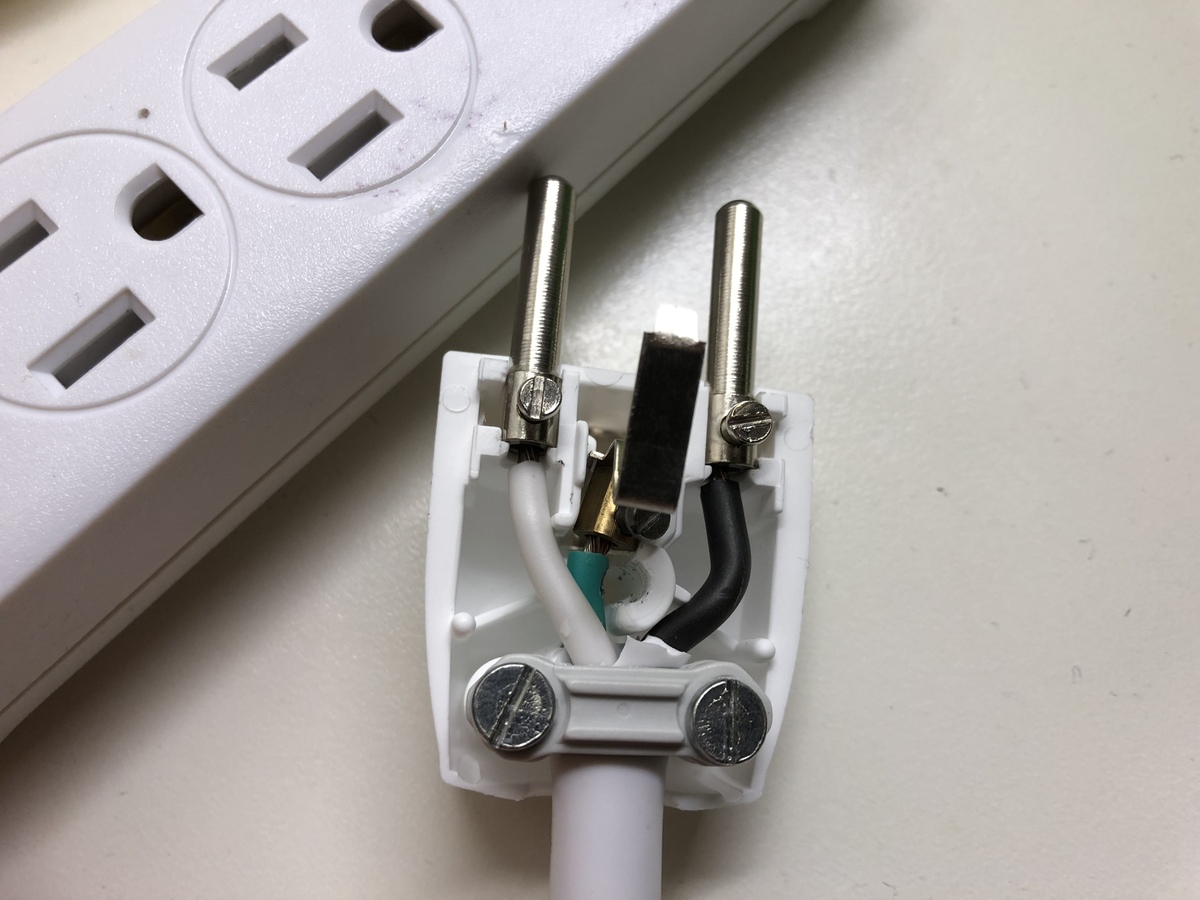
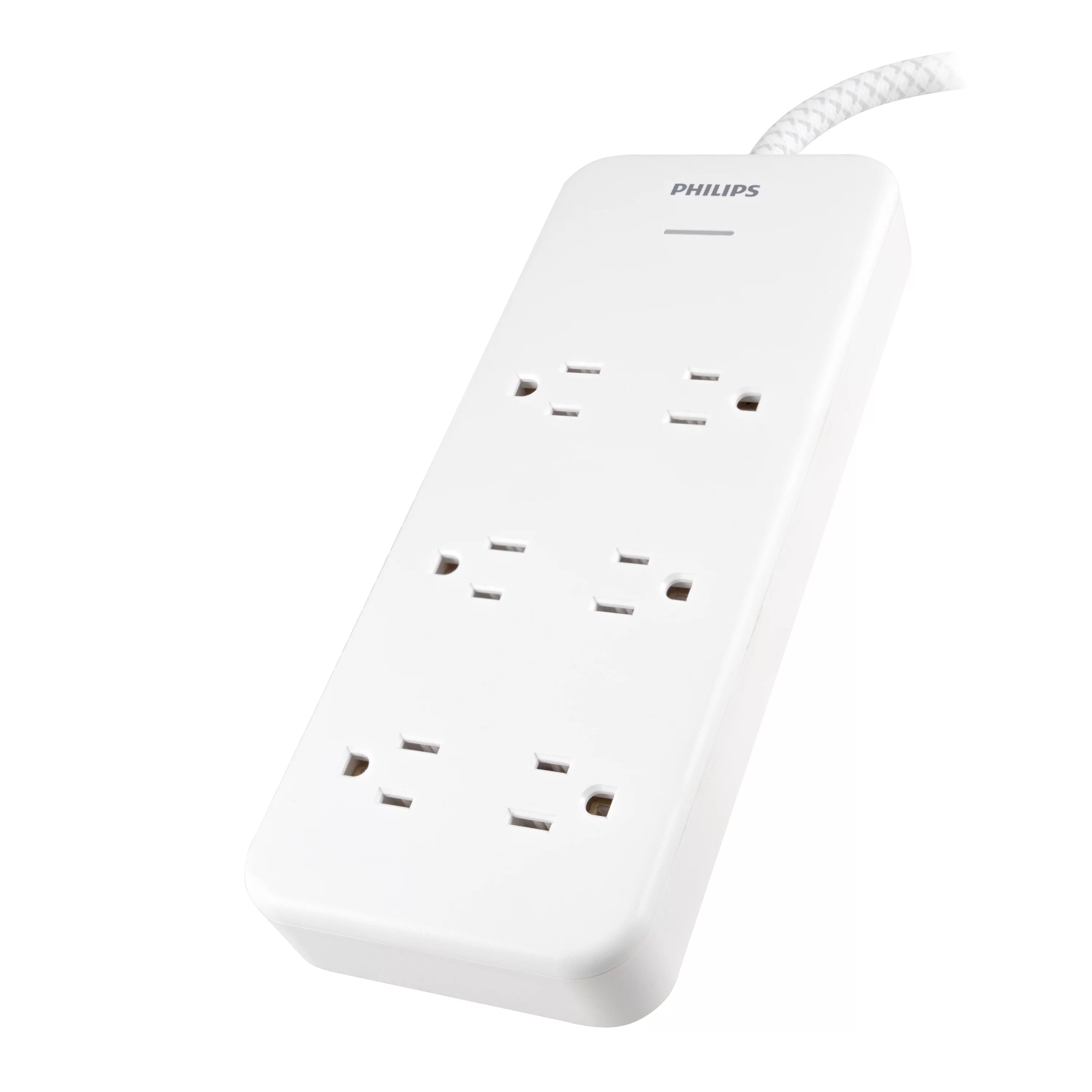
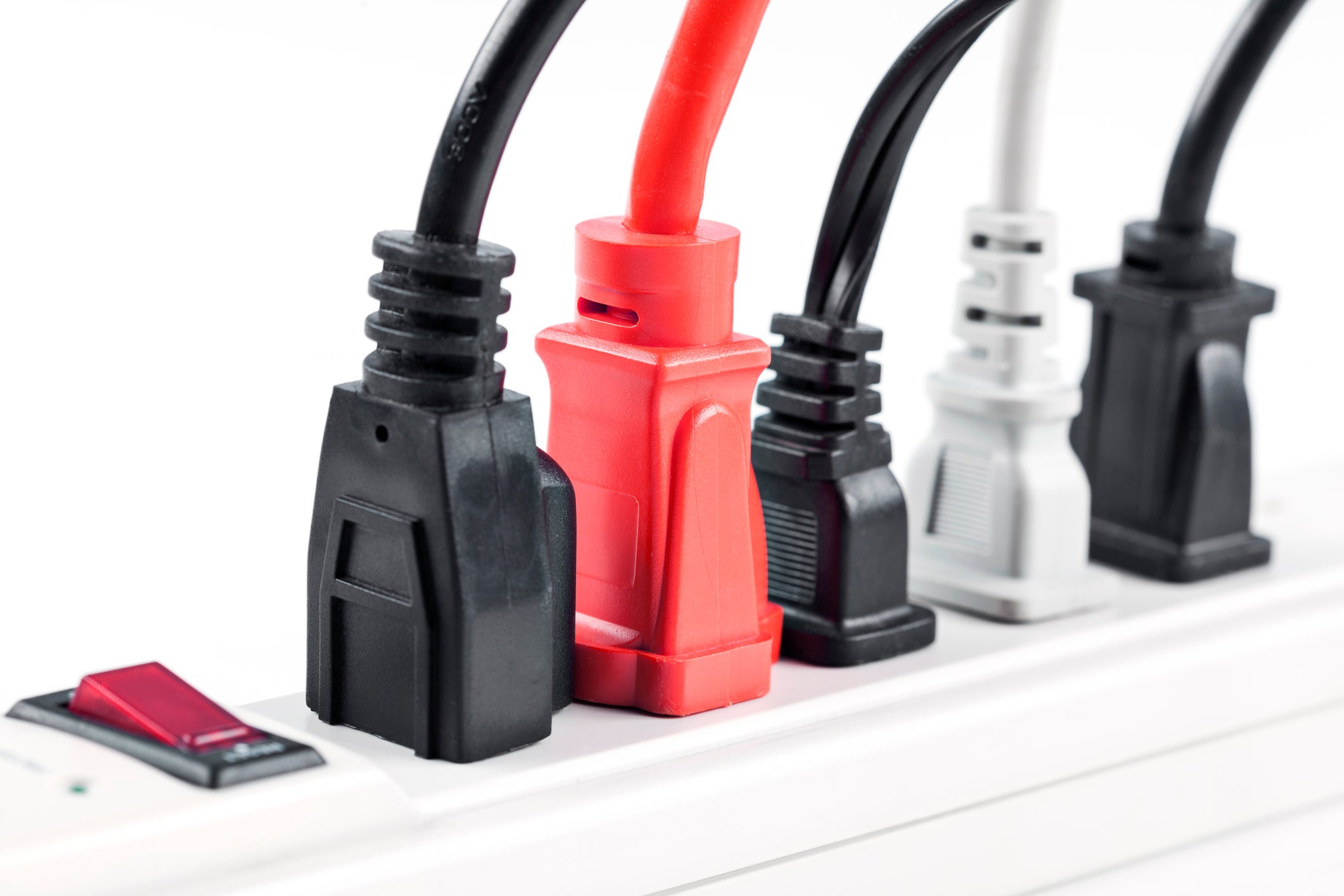
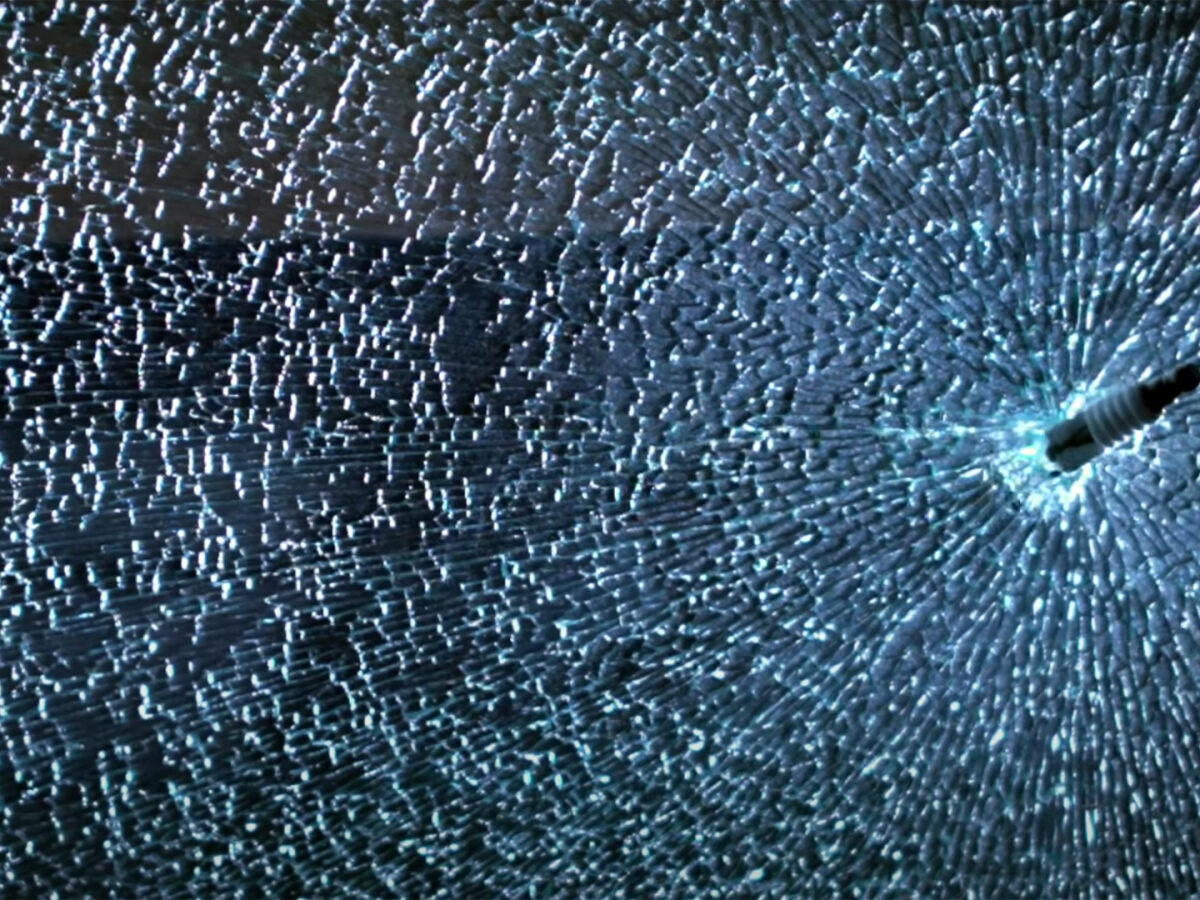
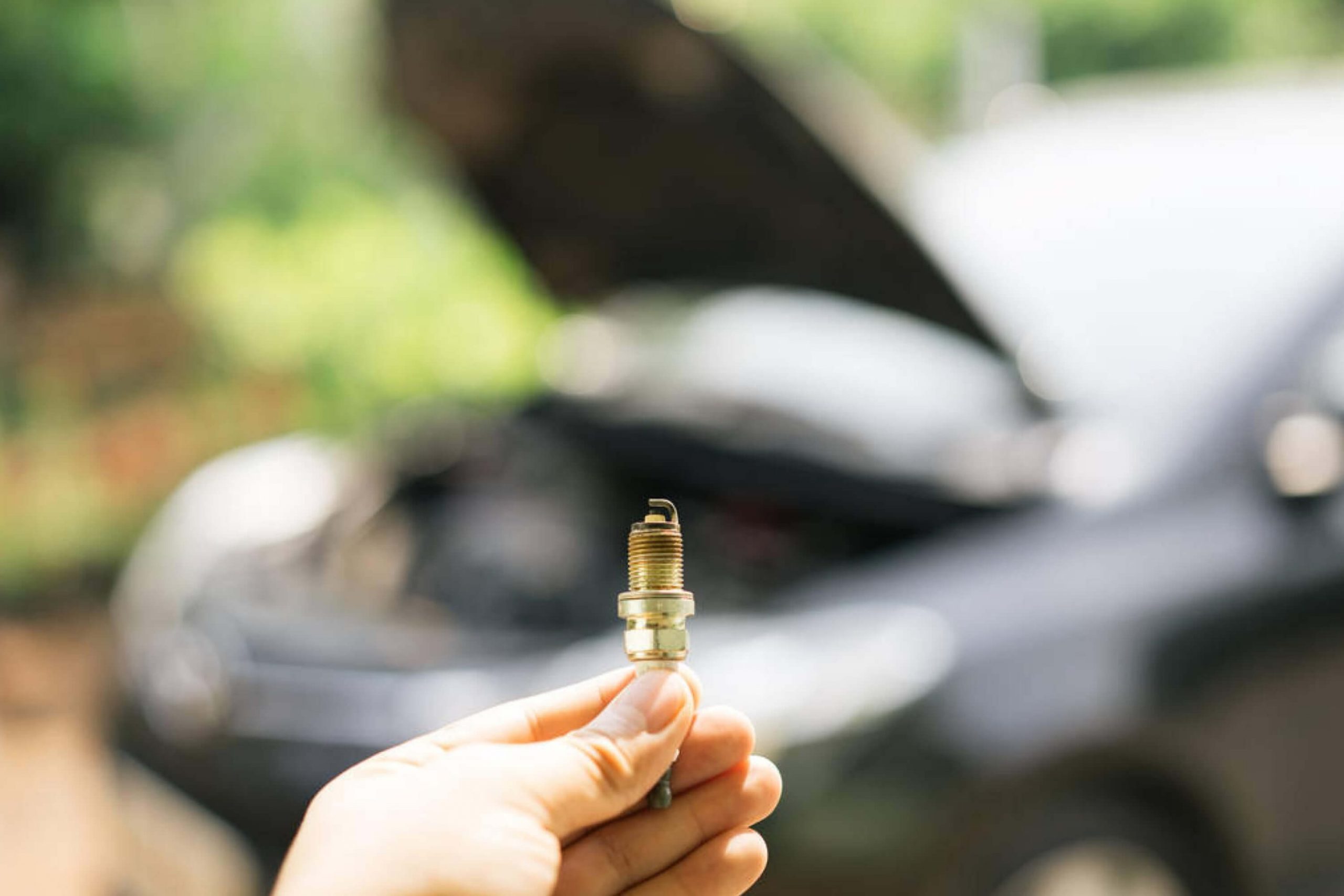
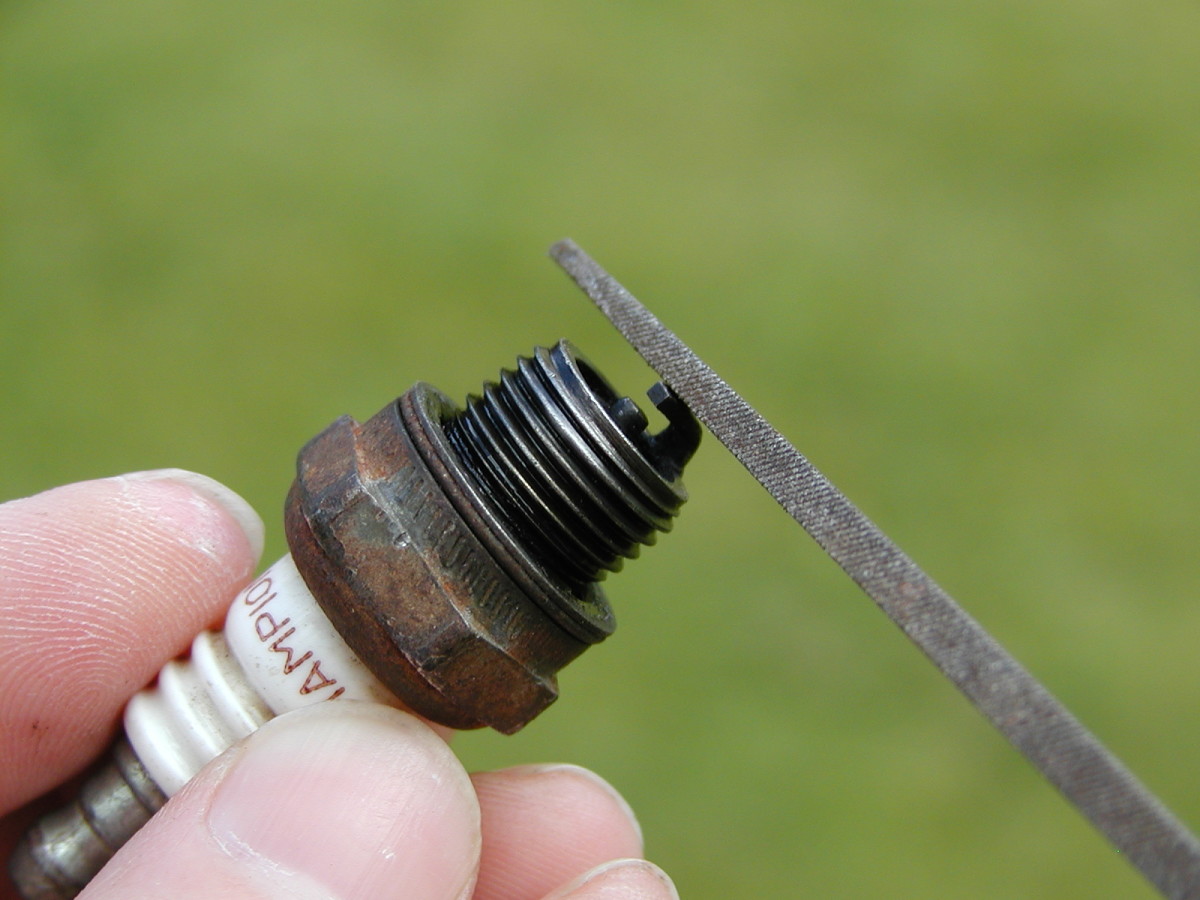
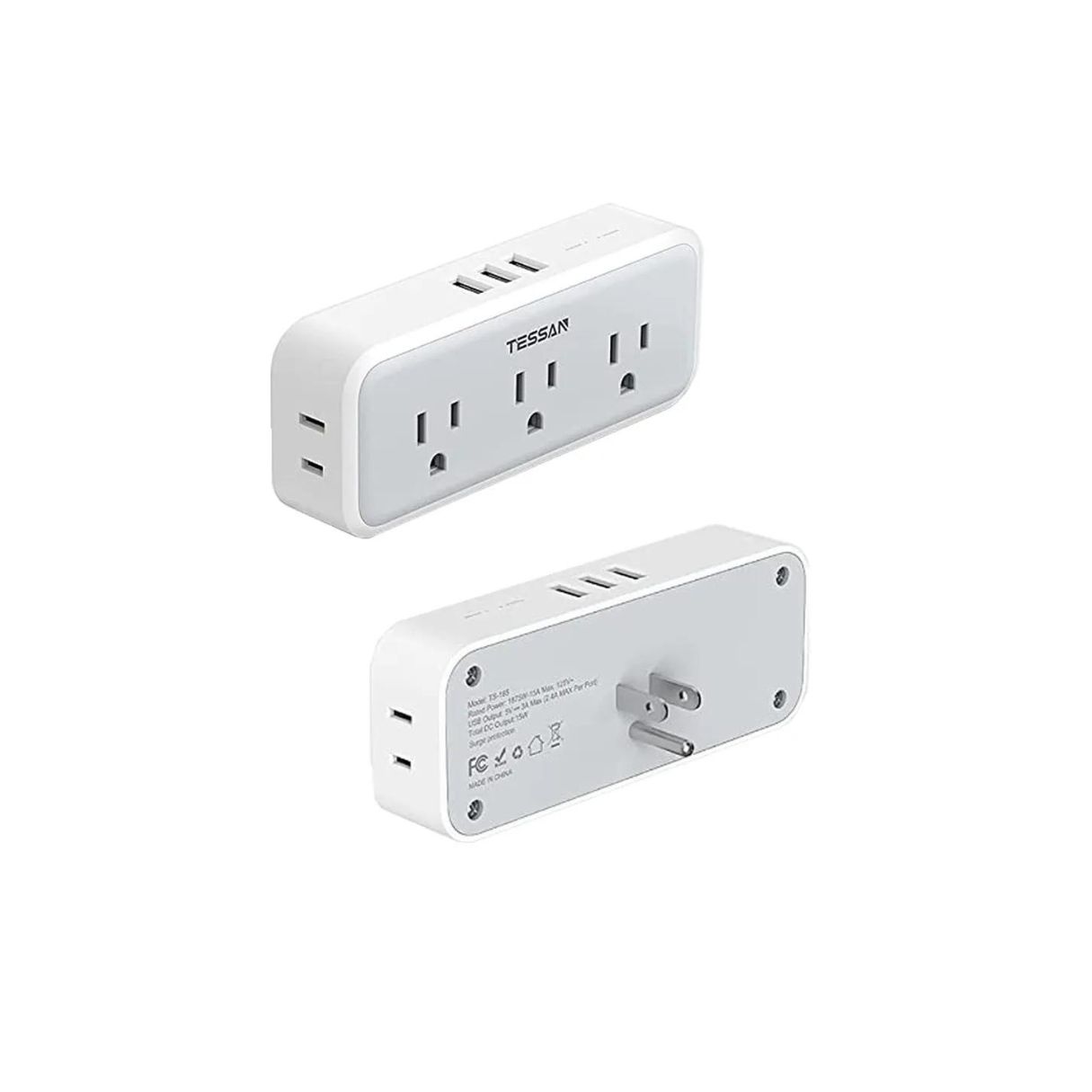
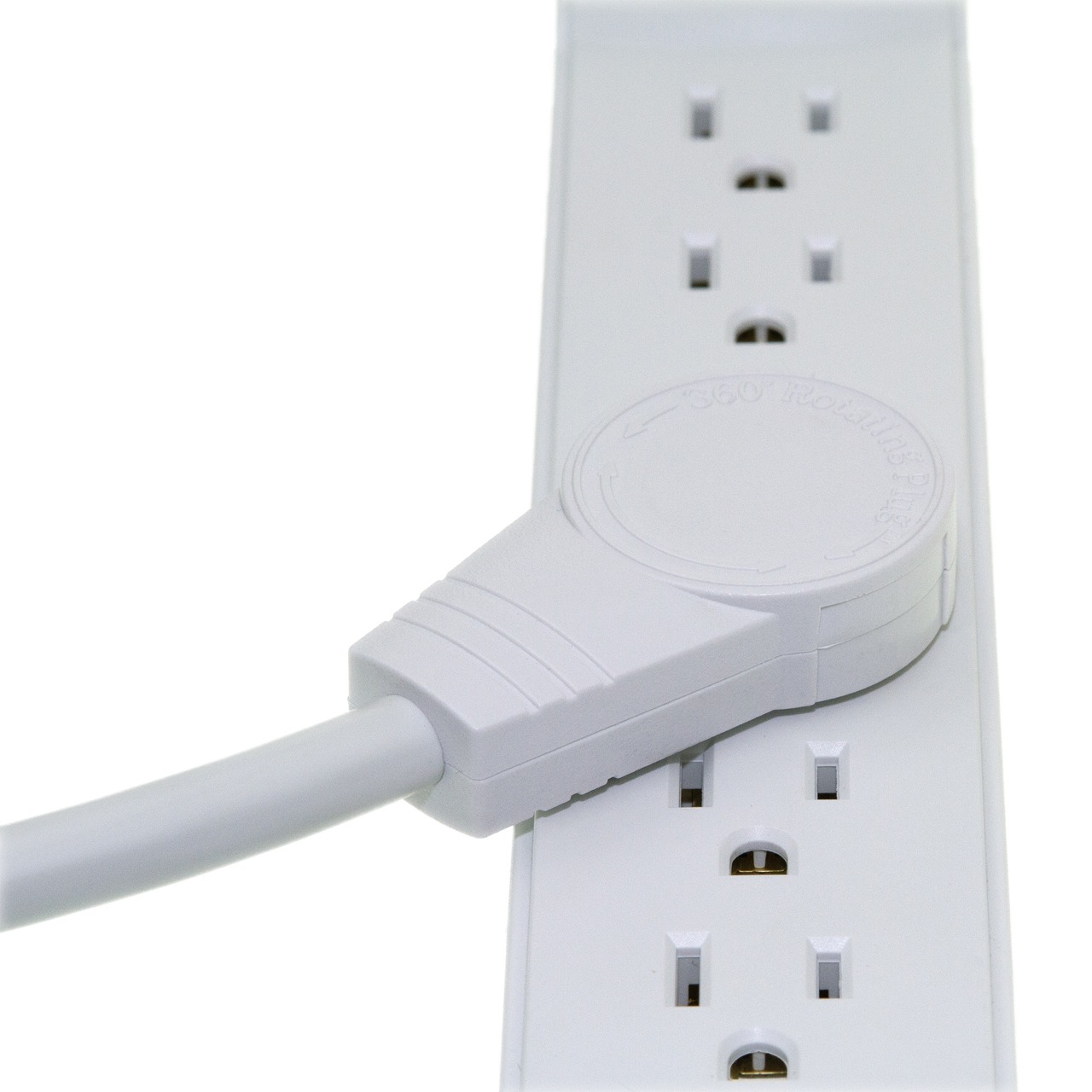
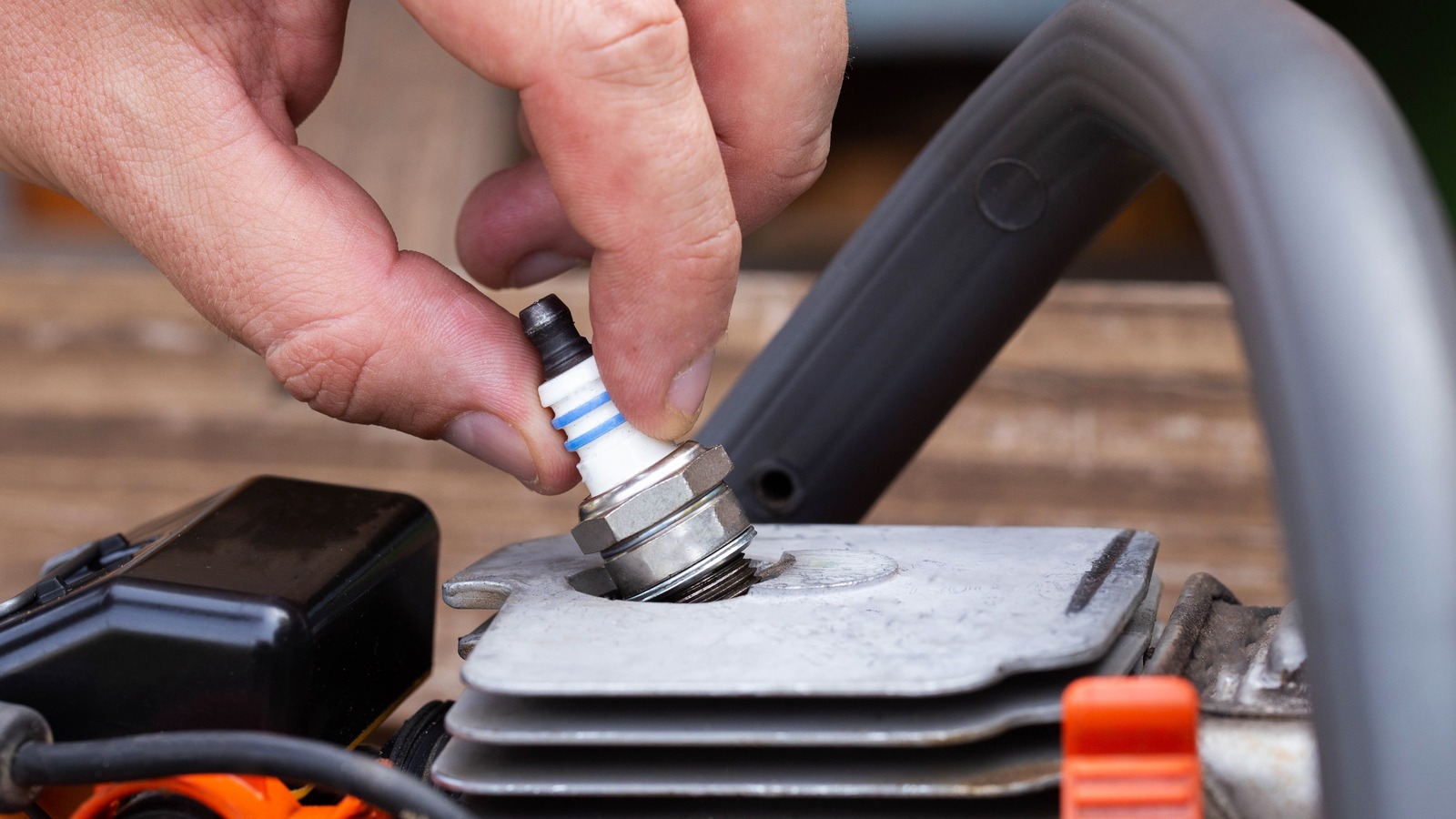
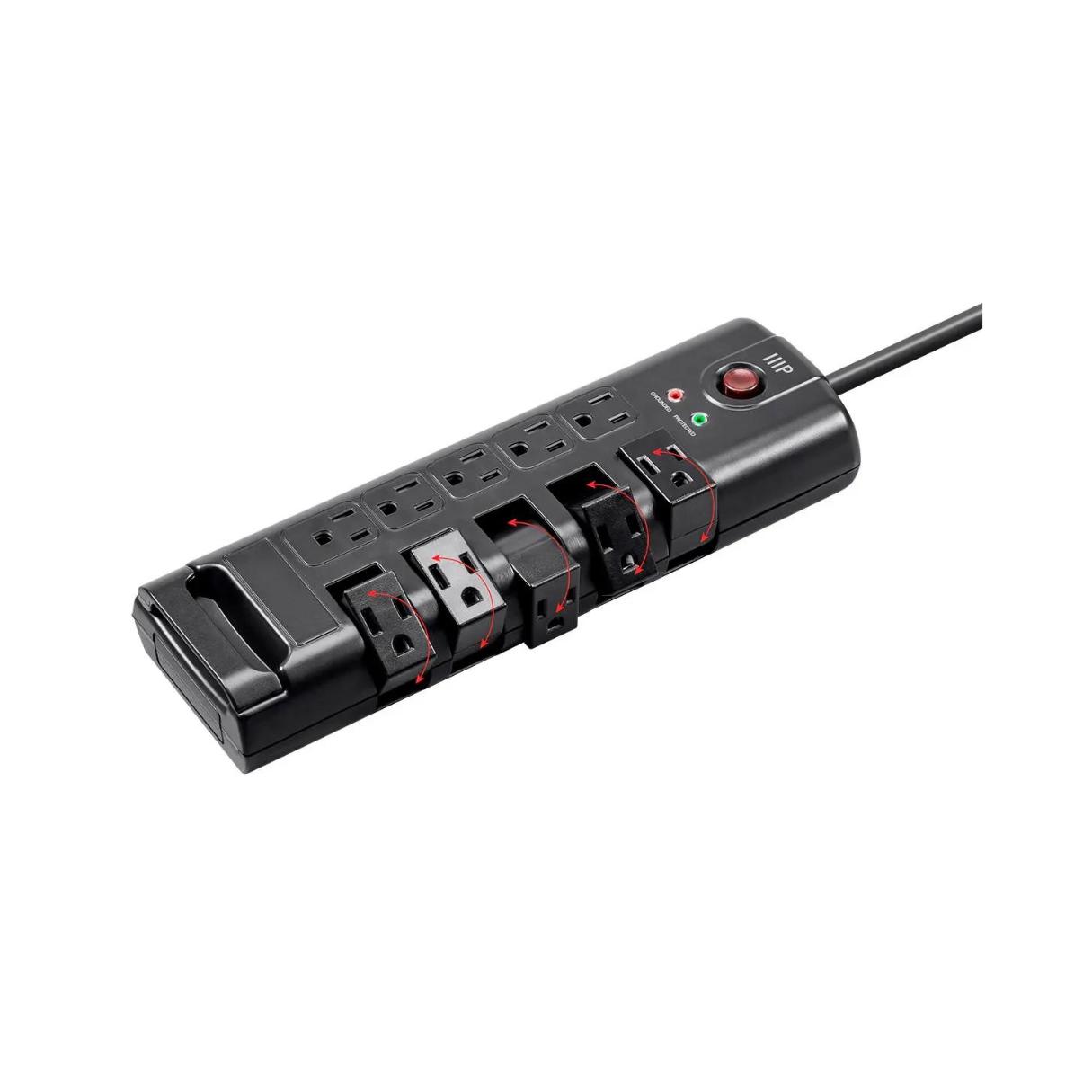
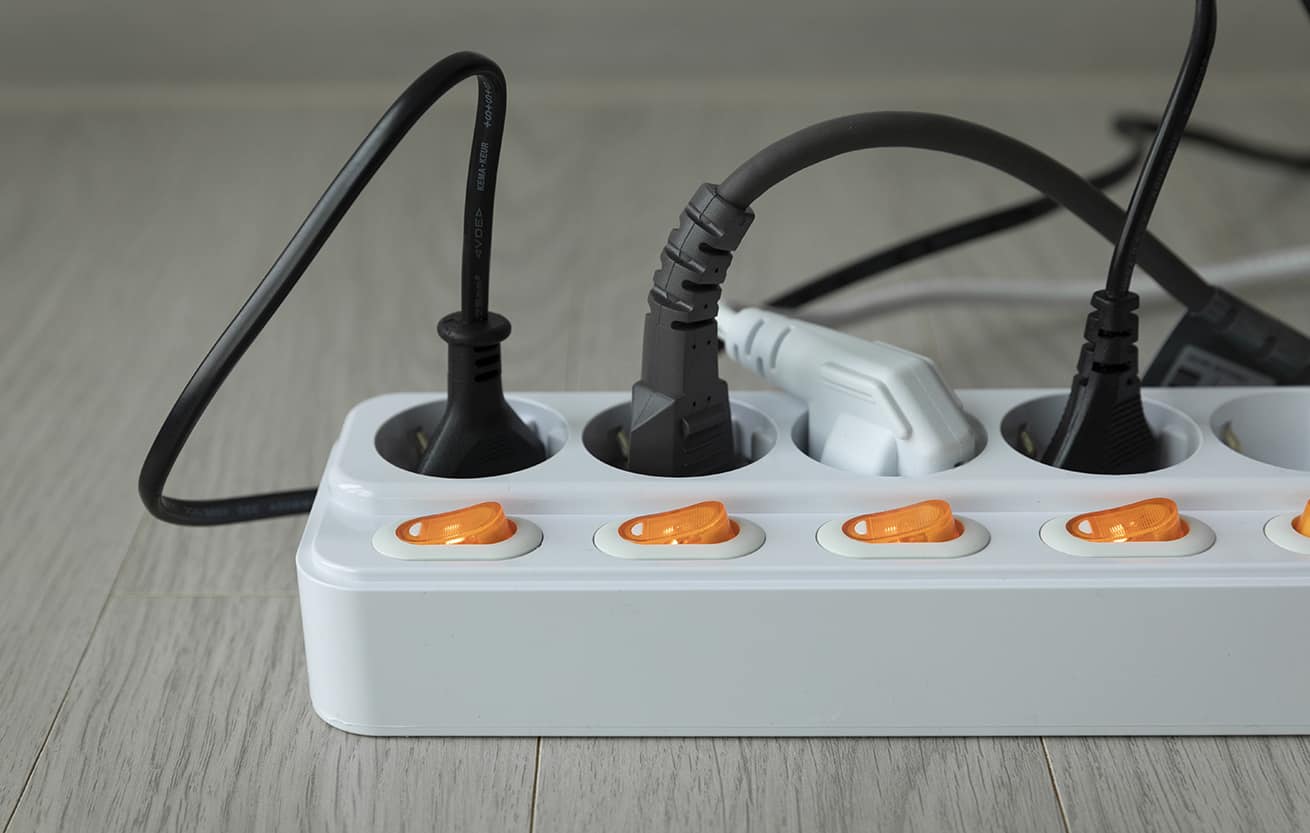
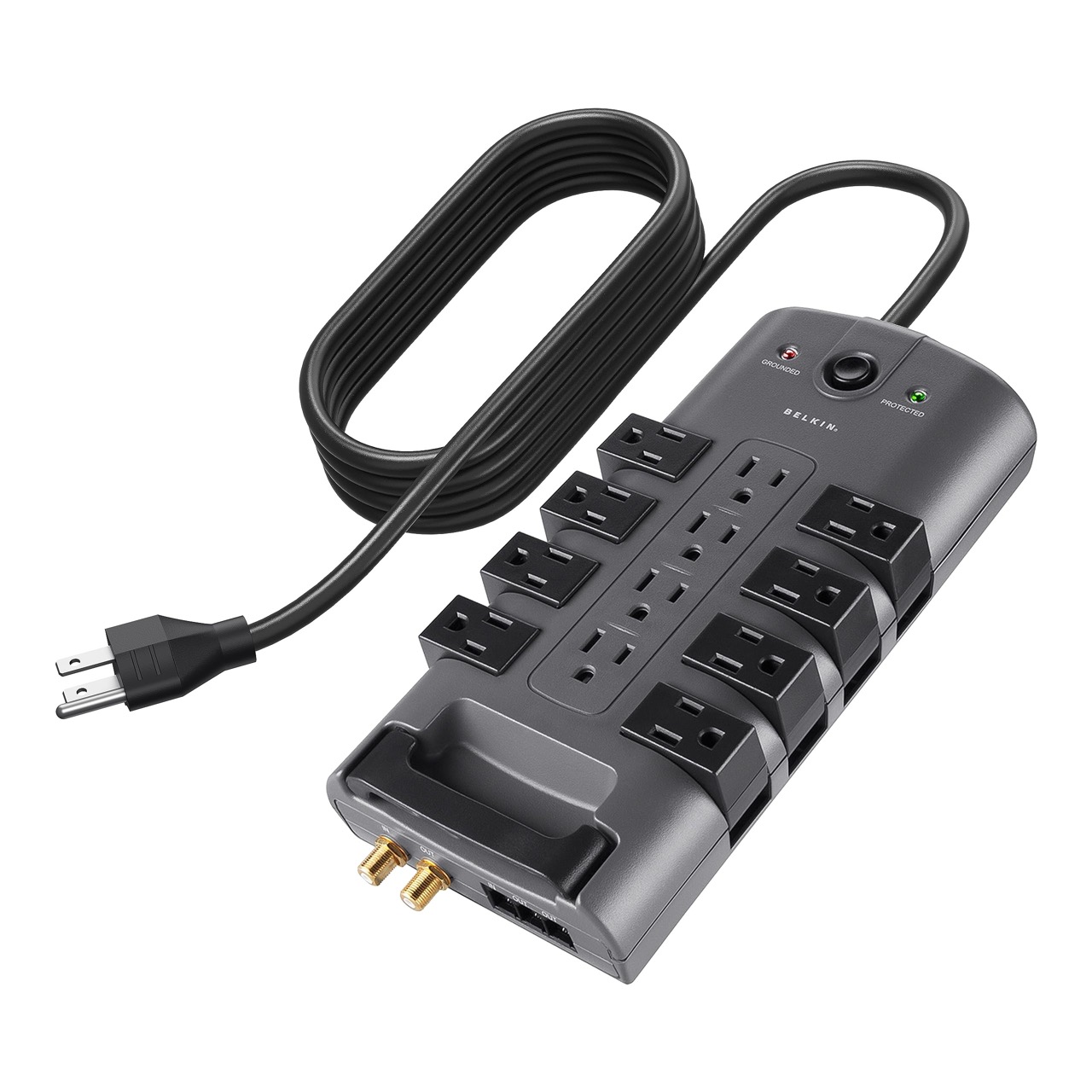
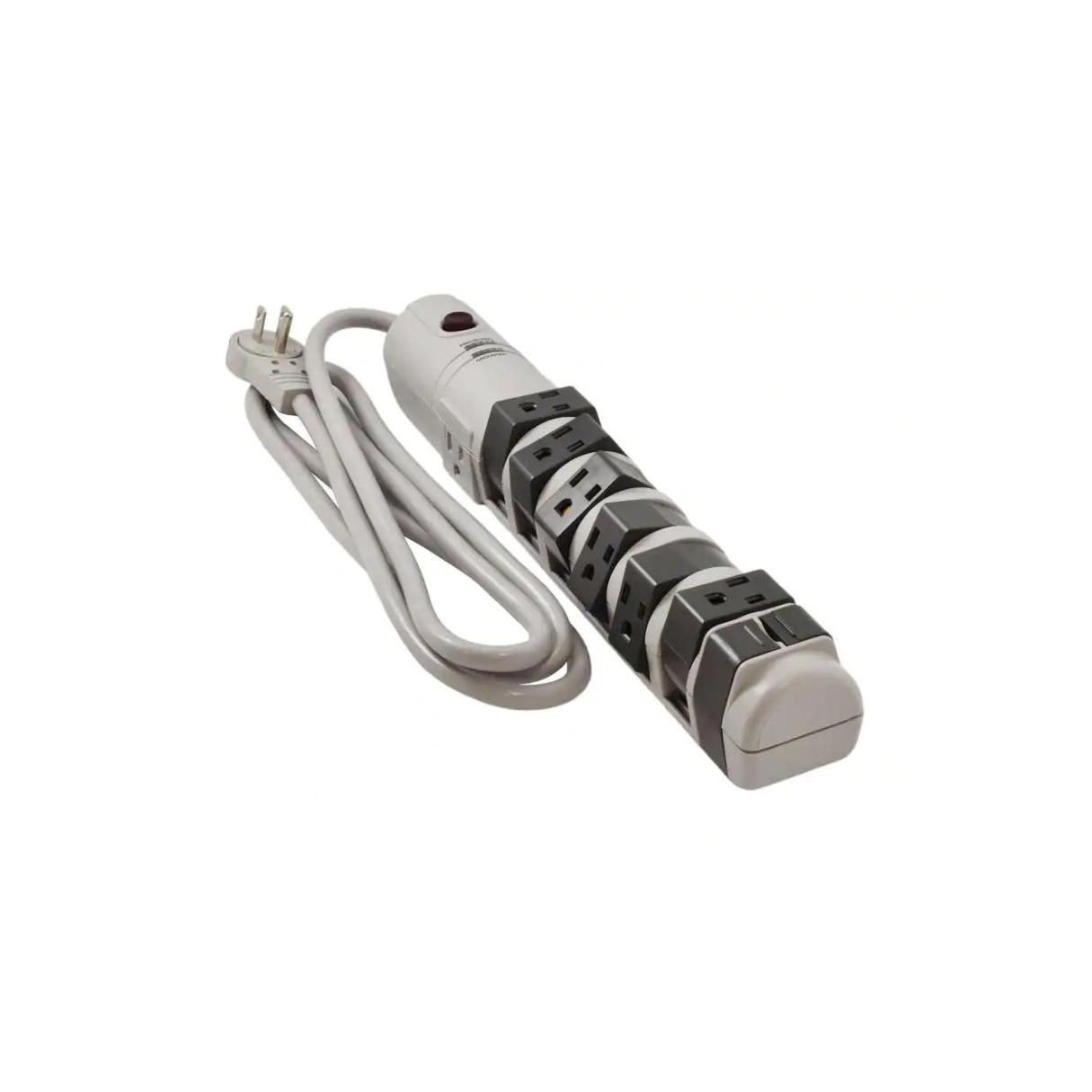
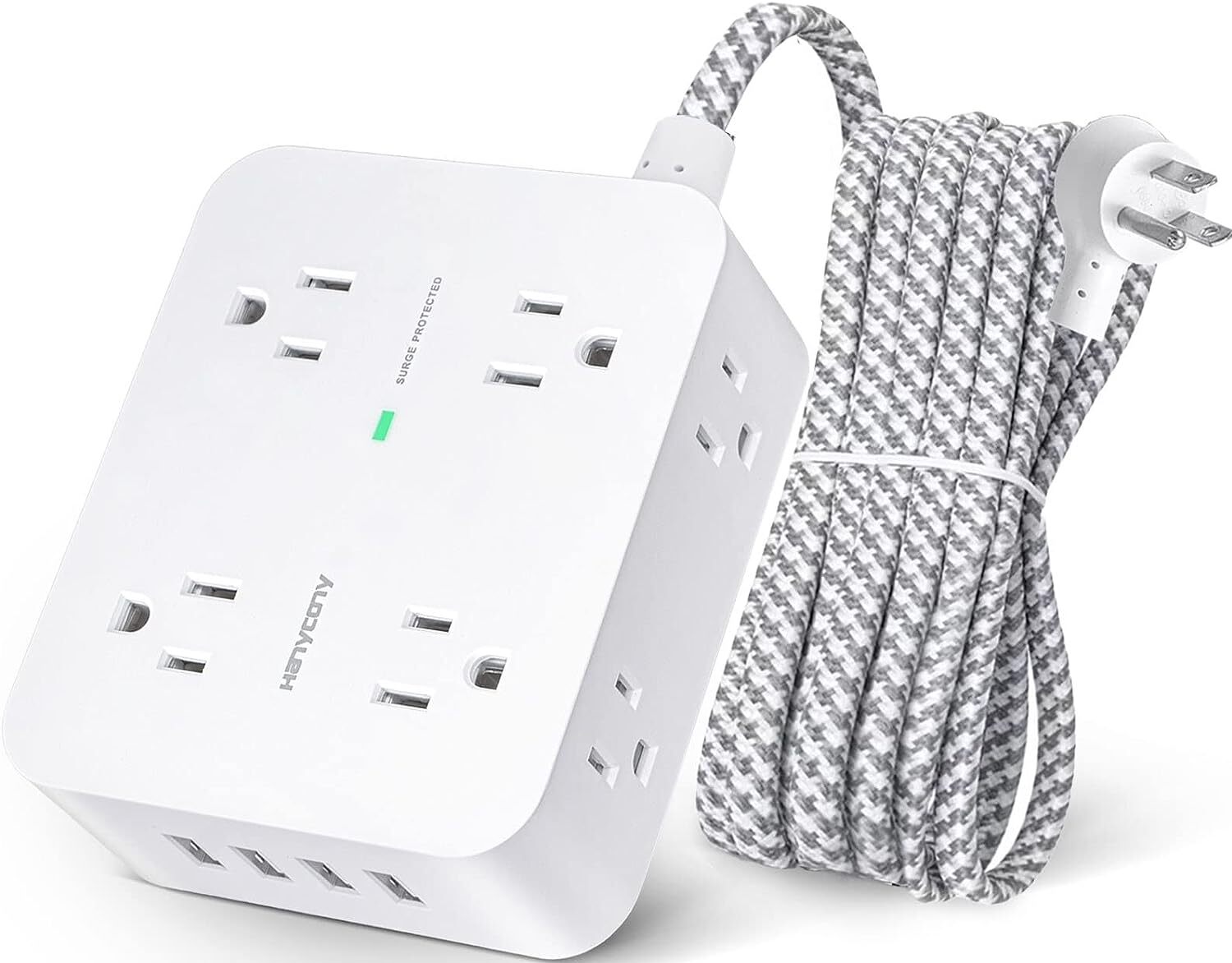

0 thoughts on “Surge Protector Sparks When Plugging In”